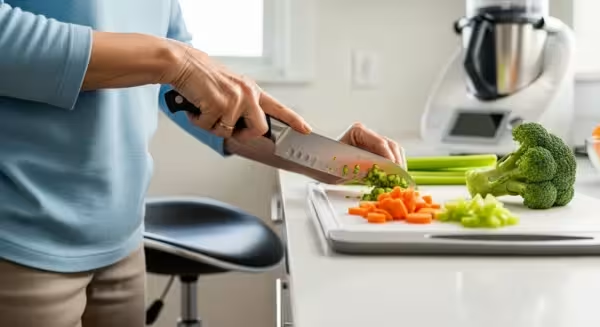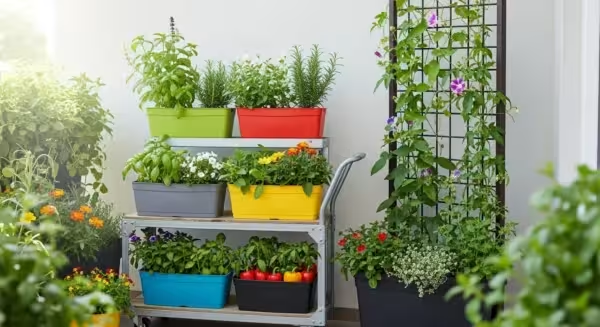
The kitchen is often called the heart of the home—a place of warmth, wonderful smells, and cherished memories. For many of us, cooking is more than just a chore; it’s a creative outlet, a way to care for ourselves and others, and a comforting daily ritual. As we get older, however, challenges like reduced strength, stiff joints, or fatigue can make our time in the kitchen feel more difficult than delightful.
But that doesn’t mean you have to hang up your apron. With a few simple adjustments and clever tricks, you can transform your kitchen into a more comfortable, efficient, and safer space. These senior-friendly kitchen hacks are designed to help you continue enjoying the art of cooking with confidence and ease. Let’s explore some practical ways to make your kitchen work for you.
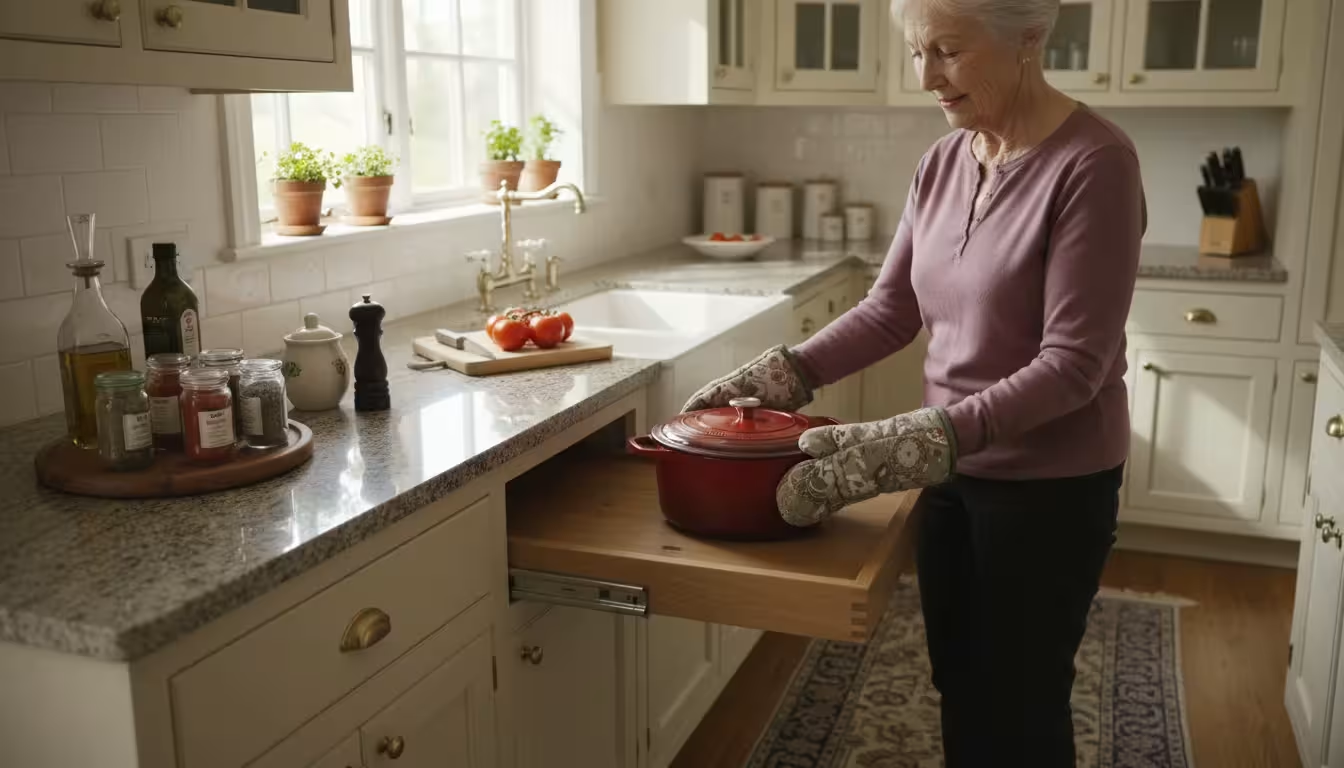
Reorganize for Prime Accessibility
The ‘Why’: Constantly bending down for heavy pots or stretching for everyday plates is exhausting and increases the risk of a fall or strain. By organizing your kitchen based on how you use it, you minimize unnecessary movement and keep essential items within easy, safe reach.
The ‘How’:
– Think of the area between your shoulders and your knees as your kitchen’s “prime real estate.” This is where your most-used items should live.
– Take an afternoon to go through your cabinets. Move heavy items like your favorite Dutch oven, stand mixer, or stacks of plates from low or high cabinets to a waist-level shelf or directly onto the counter.
– Place frequently used foods—such as cooking oil, salt, pepper, and common spices—on a small tray or a lazy Susan right next to your stove.
– Store lighter, less-used items (like specialty baking pans or seasonal dishes) on the higher shelves or in lower cabinets.
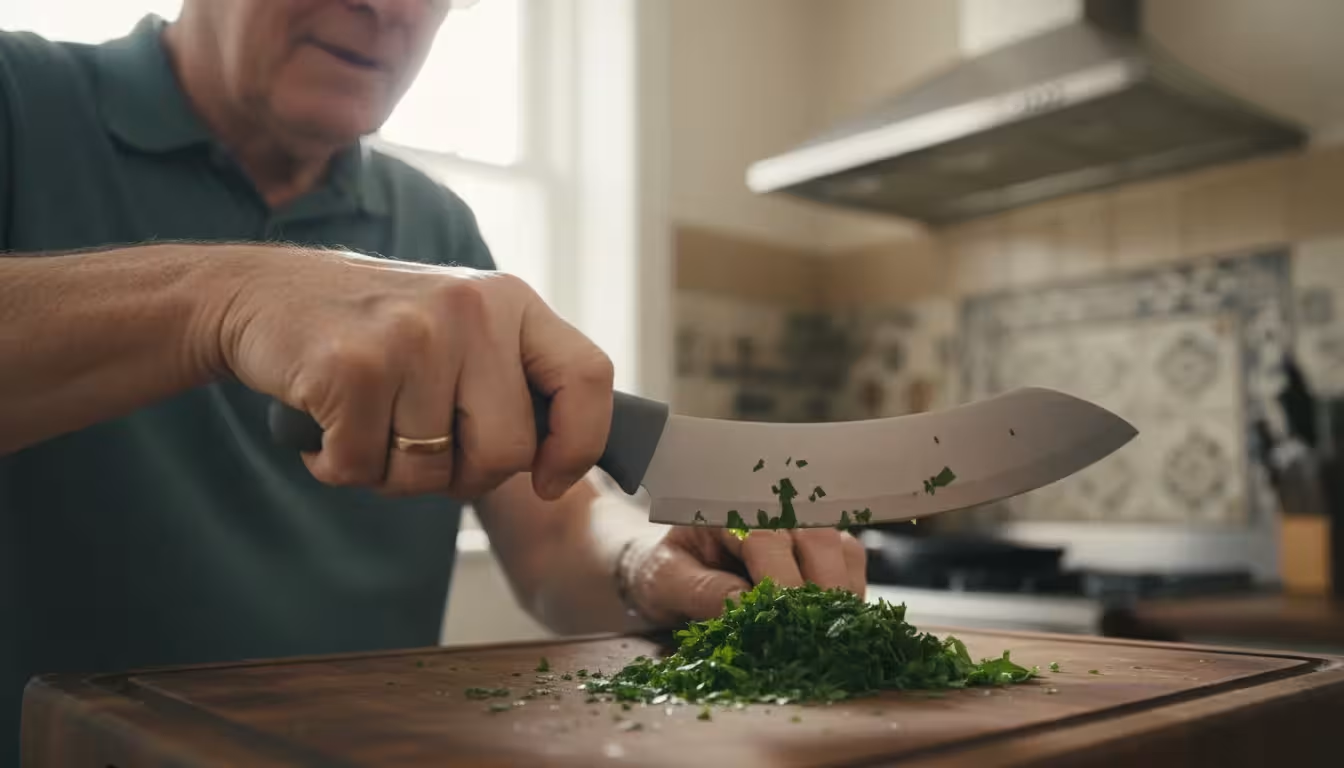
Embrace Ergonomic Cooking Tools
The ‘Why’: Arthritis, carpal tunnel, or a weakened grip can make chopping, stirring, and opening containers painful and frustrating. Ergonomic tools are specifically designed to reduce stress on your hands and joints by providing better leverage and a more comfortable grip.
The ‘How’:
– Look for utensils with large, soft, non-slip handles. Brands like OXO Good Grips specialize in these types of tools.
– An electric can opener can be a game-changer, eliminating the difficult twisting motion of manual models. Similarly, an automatic jar opener can conquer even the most stubborn lids.
– Consider a “rocker knife,” which has a curved blade that allows you to chop vegetables with a simple rocking motion instead of forceful downward pressure.
– Invest in lightweight pots and pans. Modern non-stick cookware is often much lighter than older cast-iron or stainless steel, making it easier to lift and manage.
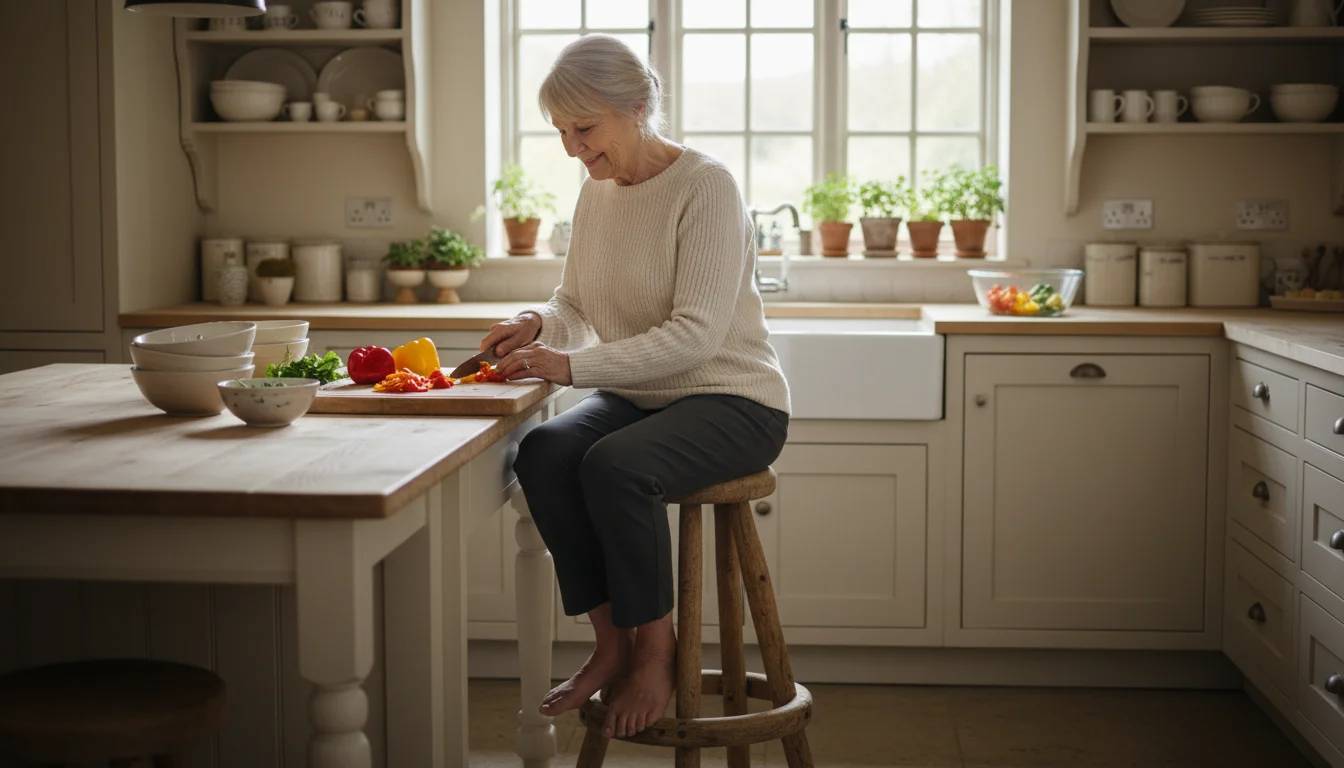
Create a Comfortable Sit-Down Prep Station
The ‘Why’: Standing for long periods to chop vegetables, mix ingredients, or knead dough can be a major source of back, hip, and foot pain. Creating a dedicated space to work while seated conserves your energy and makes meal prep a far more pleasant experience.
The ‘How’:
– Identify a spot in your kitchen where you can comfortably sit. This could be a kitchen table, a breakfast nook, or even a section of countertop that is lower or has open space underneath.
– Place a sturdy, comfortable chair or stool at your station. Ensure your feet can rest flat on the floor or on a footrest.
– Keep a dedicated cutting board, your favorite knives, and a set of mixing bowls at your prep station so you don’t have to get up to fetch them. You can even place a small trash bin nearby for easy disposal of scraps.
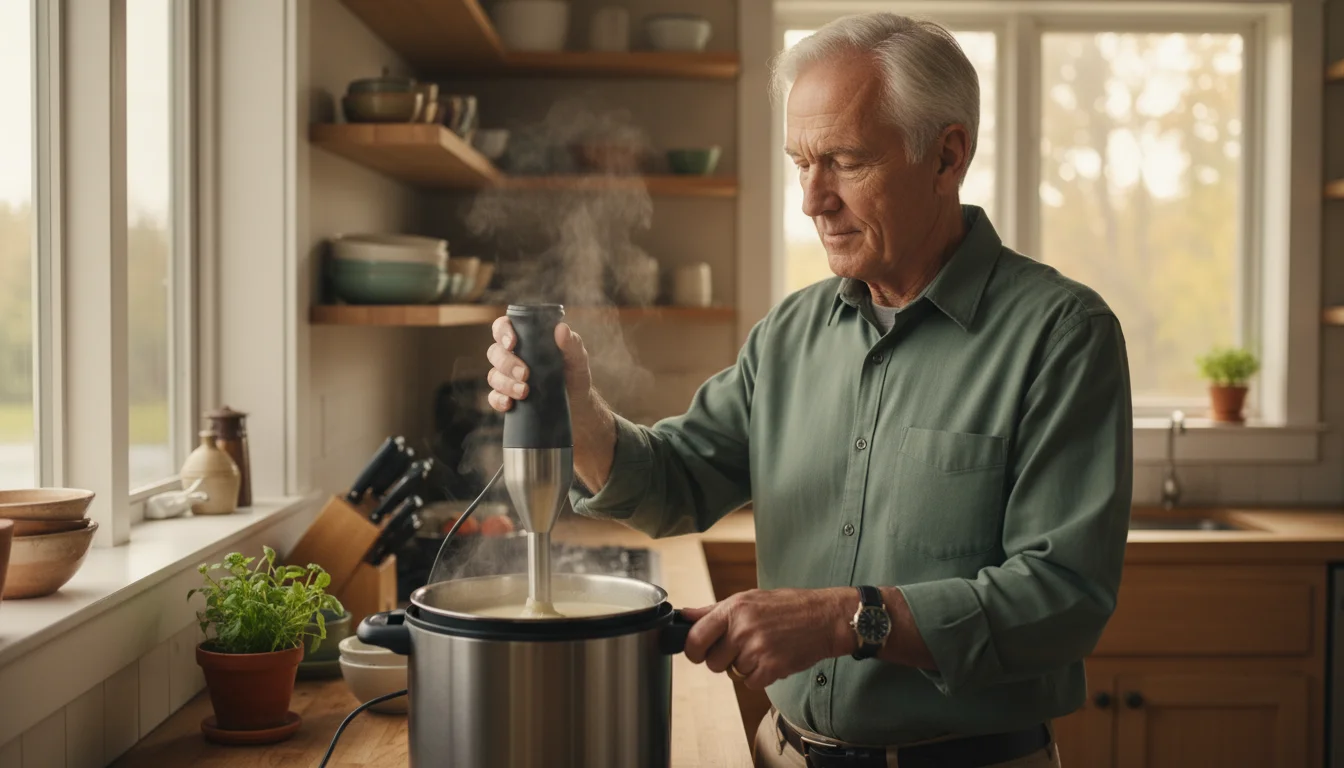
Let Small Appliances Be Your Sous Chefs
The ‘Why’: Think of modern small appliances as helpful kitchen assistants that can handle the most physically demanding tasks for you. They save time, reduce manual effort, and can often produce more consistent results.
The ‘How’:
– A food processor is your best friend for chopping, shredding, and pureeing. It can dice an onion in seconds, grate a block of cheese effortlessly, and make smooth sauces or dips.
– A slow cooker or multi-cooker (like an Instant Pot) allows you to create delicious, one-pot meals with minimal effort. Simply add your ingredients in the morning and have a hot, ready-to-eat dinner waiting for you.
– An immersion blender (or stick blender) lets you puree soups and sauces directly in the pot, eliminating the risky step of transferring hot liquids to a traditional blender.
– A stand mixer takes all the work out of mixing batter, kneading bread dough, and whipping cream.
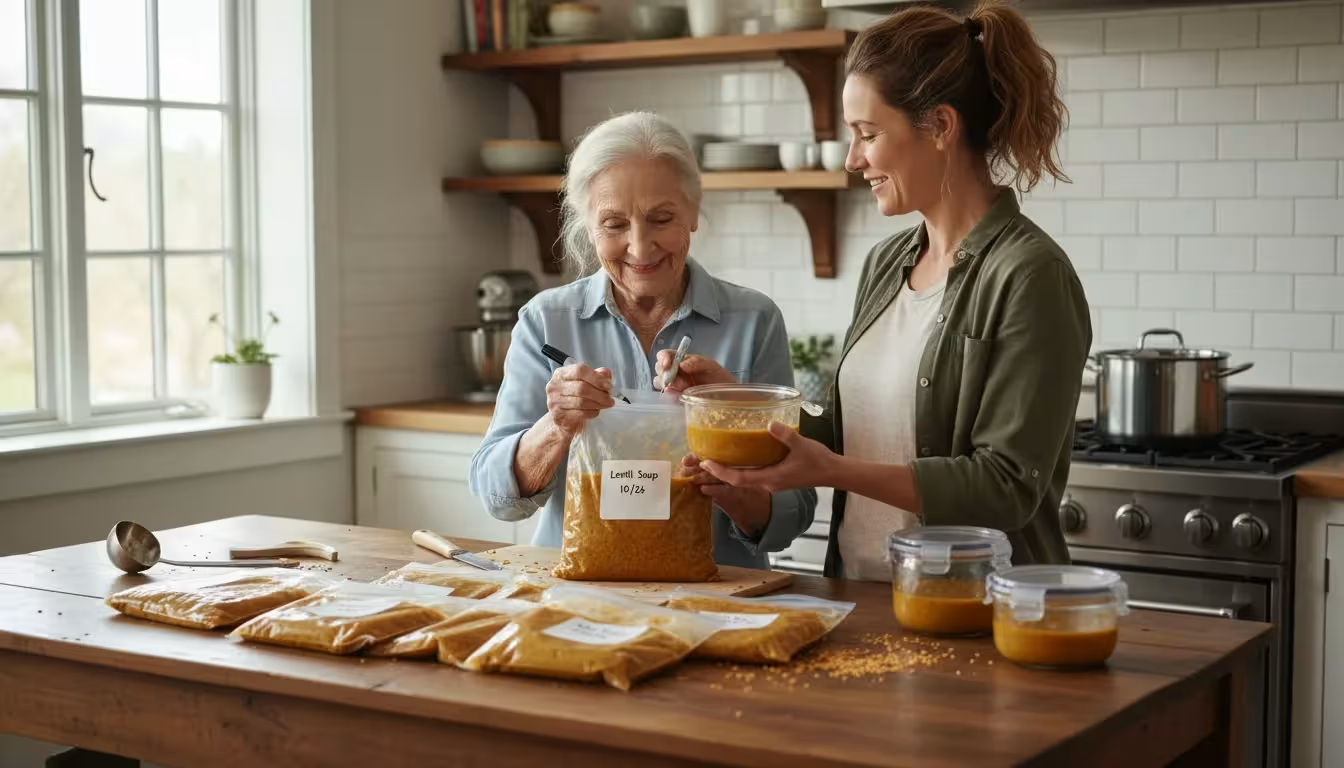
Cook in Batches and Freeze for Later
The ‘Why’: Some days you’ll have more energy than others. Batch cooking is a wonderful gift to your future self. By cooking a large portion when you feel up to it, you ensure you have a healthy, homemade meal ready to go on days when you’re tired or just don’t feel like cooking from scratch.
The ‘How’:
– When you’re making a favorite recipe like soup, stew, chili, or lasagna, simply double the ingredients. Enjoy one portion now and save the rest.
– Freeze meals in single-serving or two-serving portions. This makes it easy to thaw exactly what you need. Freezer-safe zip-top bags (laid flat to save space), glass containers, or plastic tubs all work well.
– Label everything clearly! Use a permanent marker to write the name of the dish and the date it was made. There’s nothing worse than pulling out a “mystery meal” from the freezer.
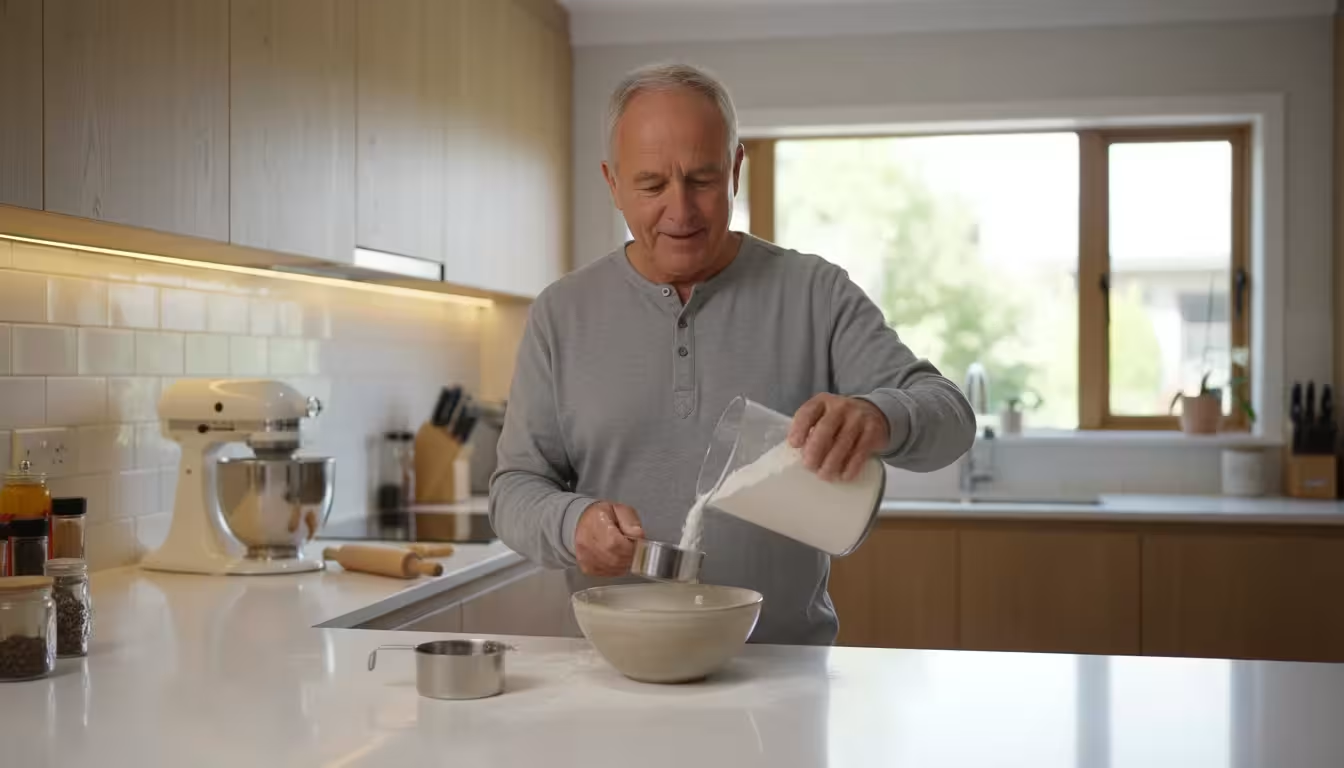
Upgrade Your Kitchen Lighting
The ‘Why’: Good lighting is not a luxury in the kitchen; it’s a critical safety feature. Dim or shadowy kitchens can make it hard to read recipes, measure ingredients accurately, or see what you’re chopping, increasing the risk of mistakes or accidents.
The ‘How’:
– The most impactful change you can make is installing under-cabinet lighting. LED light strips are inexpensive, energy-efficient, and easy to install. They illuminate your countertops directly, eliminating shadows.
– Make sure your main overhead light fixture is bright enough and fitted with a high-quality bulb.
– Consider adding a small, dedicated “task light” near the stove or sink if those areas are still too dim.
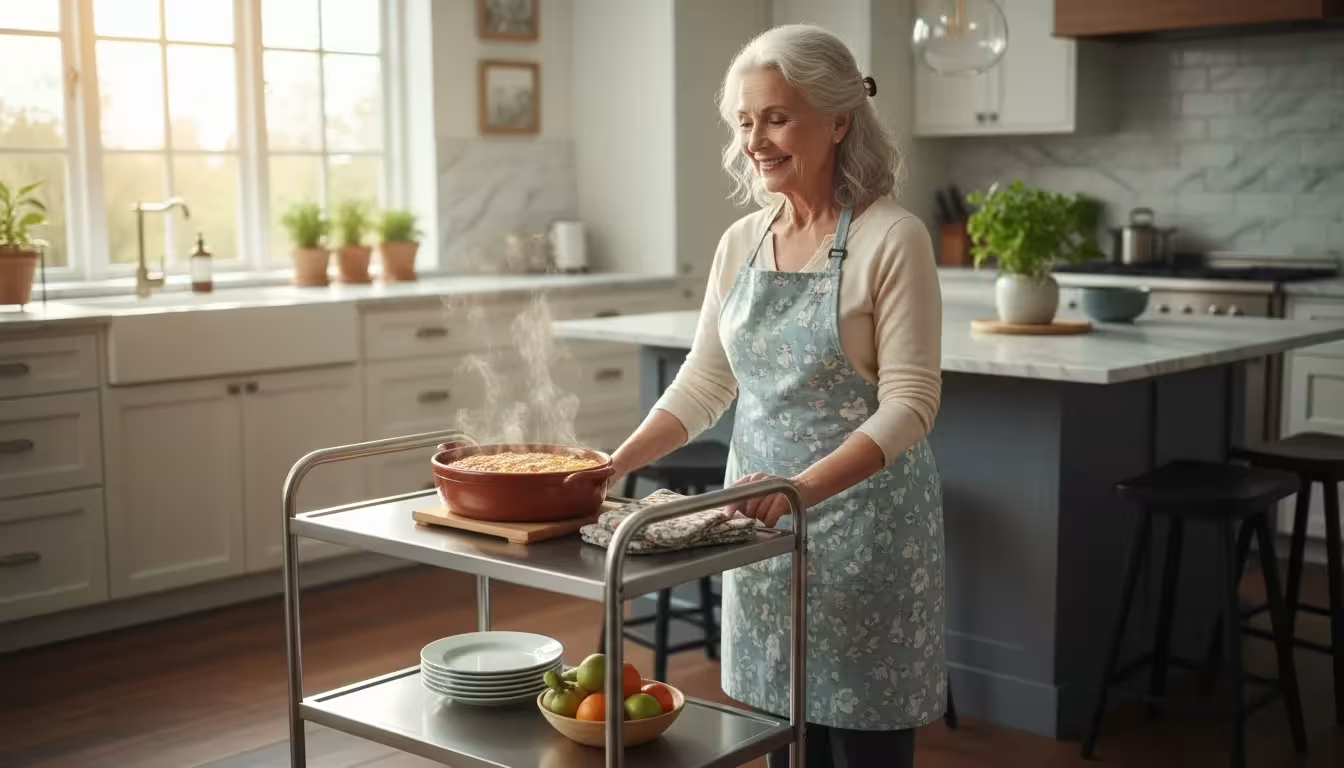
Use a Wheeled Kitchen Cart or Trolley
The ‘Why’: Carrying a heavy pot of boiling water, multiple plates, or a bag of groceries can be precarious. A small, wheeled cart acts as your personal butler, helping you move items around the kitchen and to the dining table safely and without strain.
The ‘How’:
– Choose a trolley that is lightweight but sturdy, with wheels that roll smoothly and can be locked in place for stability.
– Use it to bring all your ingredients from the pantry or refrigerator to your prep station at once.
– Transport a hot, heavy casserole from the oven to the counter to cool.
– Load it with your plate, glass, and utensils to easily move your meal from the kitchen to your dining table in a single trip.
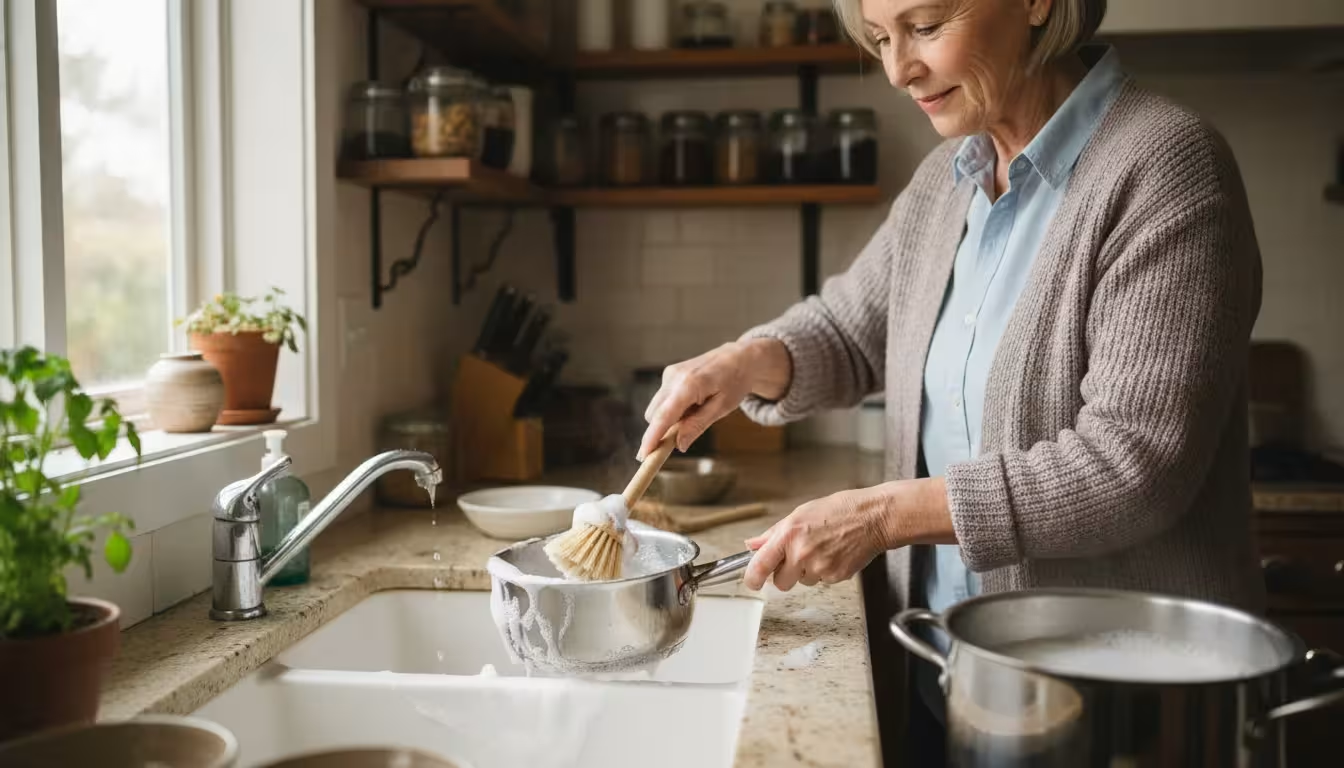
Simplify Your Cleanup Routine
The ‘Why’: A mountain of dirty dishes can zap any joy you felt while cooking. By adopting a few smart habits, you can make the cleanup process much faster and less physically demanding.
The ‘How’:
– “Clean as you go.” Instead of letting everything pile up, take a moment to wash a bowl or a knife while something is simmering on the stove.
– Line baking sheets and casserole dishes with parchment paper or aluminum foil. When you’re done, you can often just throw the lining away, leaving the pan nearly clean.
– Get in the habit of filling dirty pots and pans with hot, soapy water as soon as you’re done using them. This prevents food from drying on and makes them much easier to scrub later.
– Use a long-handled dish brush to scrub pots. It provides better leverage and keeps your hands out of greasy water.
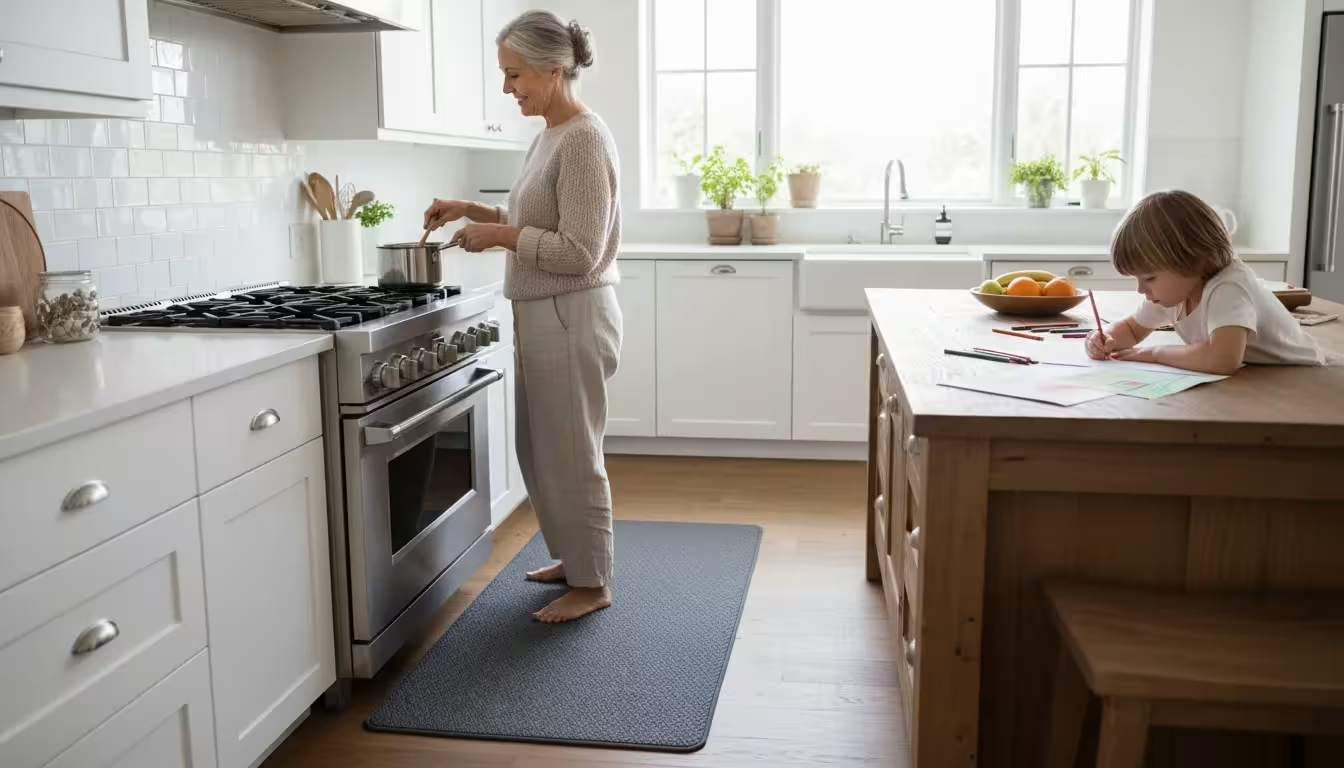
Install Non-Slip, Cushioned Floor Mats
The ‘Why’: Kitchen floors are prone to spills, creating a serious slip-and-fall hazard. Beyond safety, standing on a hard floor for any length of time can cause significant pain in your feet, legs, and lower back. Cushioned mats solve both problems at once.
The ‘How’:
– Purchase anti-fatigue kitchen mats designed for this purpose. They have a non-slip backing to keep them securely in place and a cushioned top layer.
– Place them in the areas where you stand the most: in front of the sink, in front of the stove, and at your main prep area.
– Choose mats that are easy to wipe clean in case of spills and have a beveled edge to reduce the risk of tripping.

Listen to Your Body and Be Kind to Yourself
The ‘Why’: This is perhaps the most important hack of all. The wisdom of aging includes knowing your own limits. Pushing through pain or fatigue turns cooking into a stressful obligation. The goal is to adapt so that it remains a source of pleasure and nourishment.
The ‘How’:
– Break down cooking tasks. You don’t have to do everything at once. Chop the vegetables in the morning, and do the final cooking in the evening.
– Take breaks. If you feel tired, sit down for a few minutes with a cup of tea. The food can wait.
– Acknowledge that some days are for simple meals. There is absolutely nothing wrong with a meal of soup and a sandwich or scrambled eggs on toast. It’s still a nourishing, home-prepared meal. Honor what your body needs on any given day.
By implementing even a few of these senior-friendly kitchen tips, you can rediscover the joy and satisfaction of cooking. It’s all about making small, smart changes that empower you to stay independent, safe, and creative in the heart of your home.
For expert guidance on senior health and finance, visit Medicare.gov, National Institute of Mental Health (NIMH) and National Institutes of Health (NIH).
|
Fact-Checked Content
Our editorial team reviews all content for accuracy and updates it regularly. Learn about our editorial process →
|







